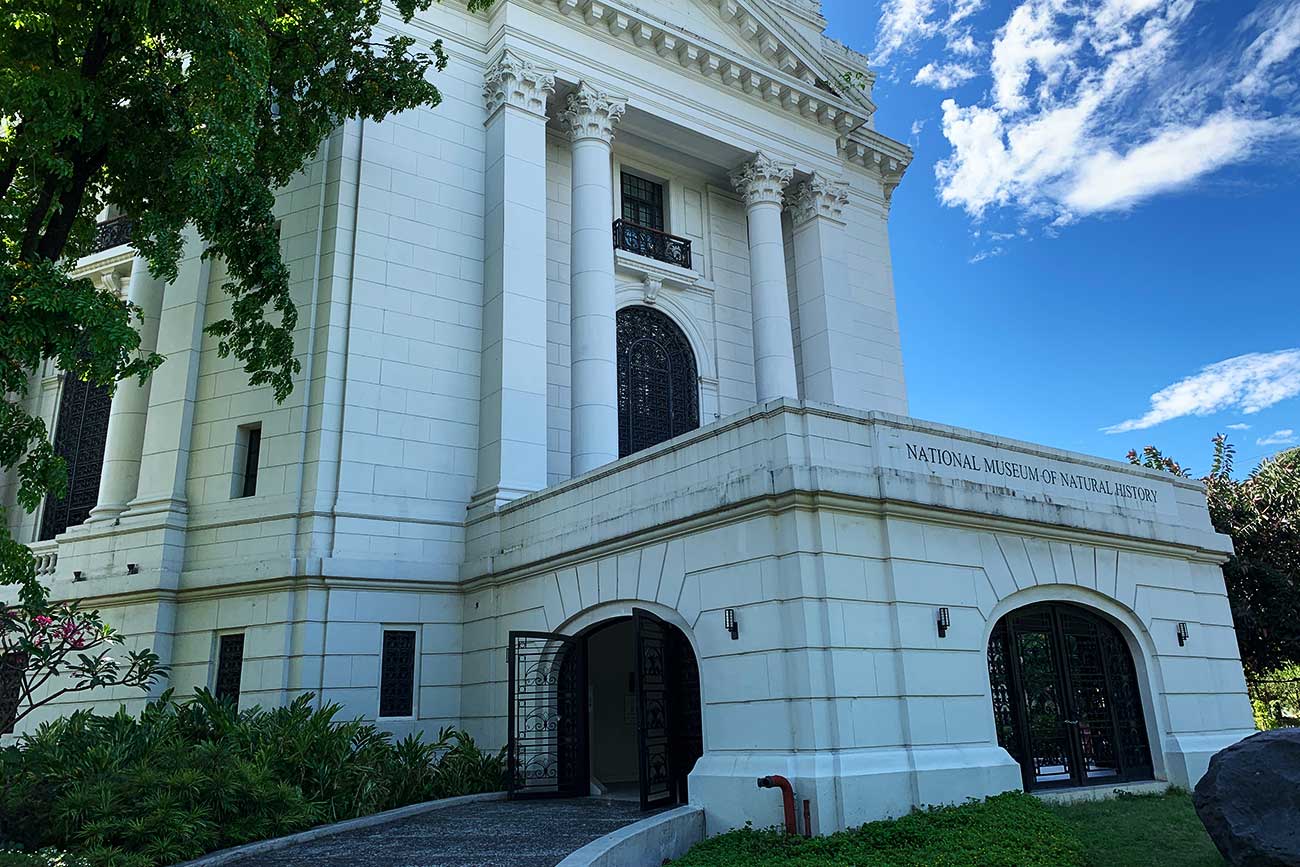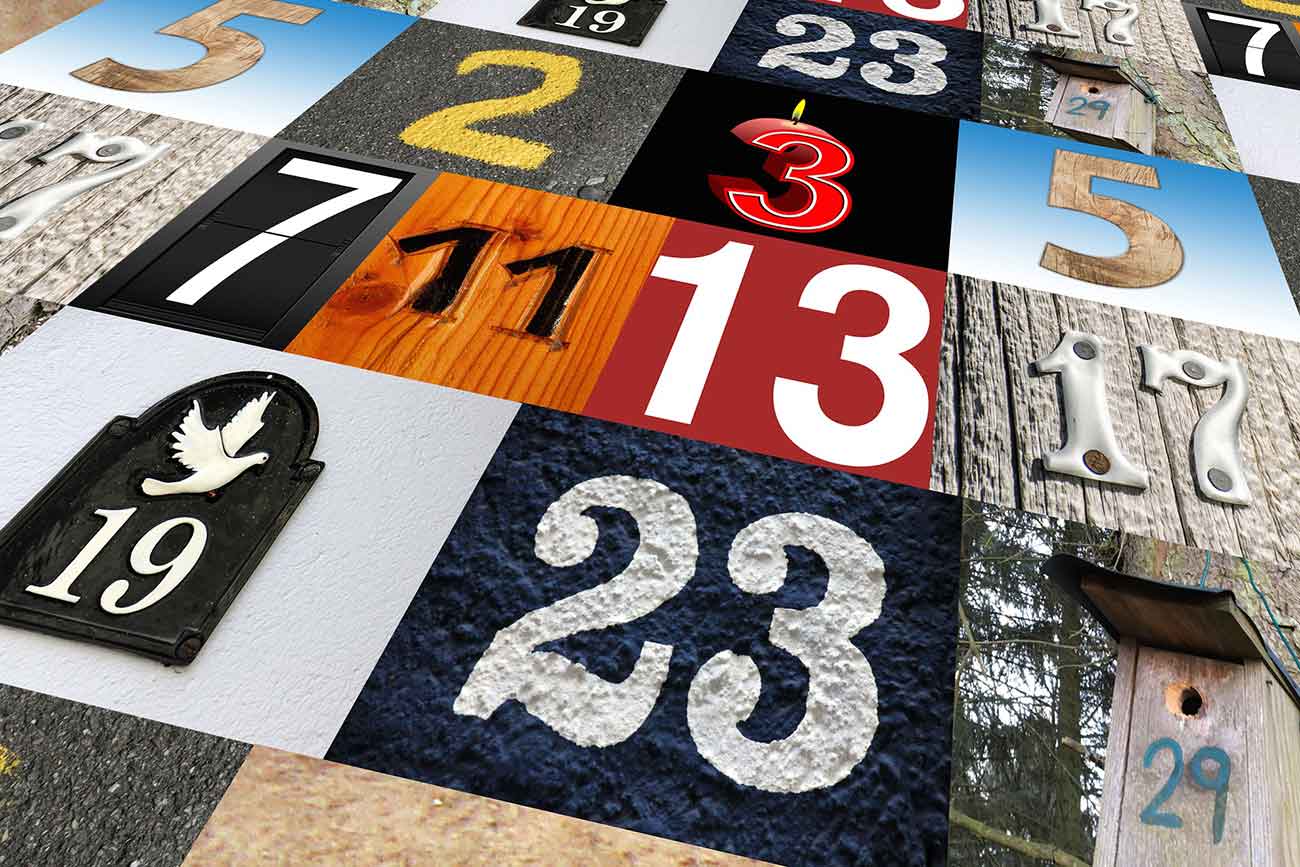The Philippines is a country, rich in culture, tradition, and natural resources. Its natural wealth is reflected in its diverse flora and fauna, which are some of the most unique and fascinating in the world. One place that showcases the country’s natural heritage is the National Museum of Natural History in Manila. Being one of the most visited educational tourist destinations in Metro Manila, the museum is a must-visit site for nature enthusiasts, students, and researchers.
The National Museum of Natural History in Manila
Opened in 2018, the museum is housed in a 100-year-old building that was once the Agriculture and Commerce Building. It was transformed into a state-of-the-art museum, which exhibits various specimens and artifacts of the country’s biodiversity. The museum has a vast collection of botanical, zoological, and geological specimens, artifacts, and exhibits collected from different parts of the Philippines. The vast collection of specimens helps visitors understand the country’s biodiversity and its importance in the ecosystem.
The National Museum of Natural History Manila has an impressive collection of exhibits that showcase the natural wonders of the Philippines. The museum’s exhibits are divided into several galleries, each with a unique theme.
The Biggest Crocodile Ever Caught
One of the most popular exhibits at the National Museum of Natural History is Lolong, the biggest crocodile ever caught in the Philippines and in the world. The exhibit features Lolong’s preserved remains. Lolong was a saltwater crocodile (Crocodylus porosus) that measured 6.17 m (20 ft 3 in), and weighed 1,075 kg (2,370 lb), making him one of the largest crocodiles ever measured from snout to tail.
Gallery of Philippine Flora and Fauna
The Gallery of Philippine Flora and Fauna is another popular exhibit at the National Museum of Natural History. The exhibit features a diverse collection of plants and animals native to the Philippines. Visitors can learn about the different ecosystems in the Philippines, from the coral reefs to the rainforests. The exhibit also highlights the importance of conservation efforts to protect these unique and fragile ecosystems.
One of the most notable exhibits in the museum is the “Tree of Life” at the central hall. The exhibit features a massive, steel-based, artificial tree with a glowing canopy. The tree represents the biodiversity of the Philippines, showcasing species of plants and animals that are endemic to the country. It symbolizes the country’s connection to nature and the importance of preserving it for future generations.
The Marine Biodiversity Hall
The Marine Biodiversity Hall is an exhibit that showcases the incredible diversity of marine life in the Philippines. The exhibit features a collection of preserved specimens of marine animals, including fish, corals, and sea turtles. Visitors can learn about the different ecosystems in the ocean and the importance of conservation efforts to protect them.
 Tips for Visiting the National Museum of Natural History Manila
Tips for Visiting the National Museum of Natural History Manila
Visiting the National Museum of Natural History Manila can be an exciting and educational experience. Here are some tips to help you make the most of your visit:
· Plan ahead: The museum can get crowded, especially on weekends and holidays. Plan your visit ahead of time to avoid long lines and wait times.
· Wear comfortable shoes: The museum has several floors, and you will be doing a lot of walking. Wear comfortable shoes to avoid foot fatigue.
· Bring a camera: The exhibits at the museum are breathtaking and make great photo opportunities.
· Follow the rules: The museum has strict rules regarding photography, food, and drinks. Follow the rules to ensure a pleasant experience for everyone.
How to Get to the National Museum of Natural History Manila
The National Museum of Natural History is located along Agrifina Circle in Rizal Park, Manila. The museum is easily accessible by public transportation. If you are driving, parking is available near the museum.
Admission Fees and Opening Hours
The National Museum of Natural History is open from Tuesday to Sunday, from 10:00 am to 5:00 pm. The museum is closed on Mondays and on holidays. Admission is free for all visitors.
To book a tour in groups comprising more than 20 persons, you may contact the museum at reservation@nationalmuseum.gov.ph, or you may call +63282981100 local 3000 or 09479973520. Groups comprising less than 20 persons can just walk in.
The National Museum of Natural History is a shining example of the Philippines’ rich natural heritage. The museum’s exhibits and collections are extensive and educational, showcasing the incredible biodiversity of the Philippines. The museum is a must-visit site for tourists and an excellent learning destination for students.














1 comments On Exploring Manila’s National Museum of Natural History
Pingback: Malate Church – No Filter | The Poor Dad ()